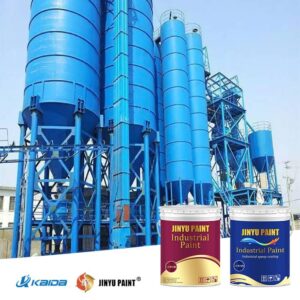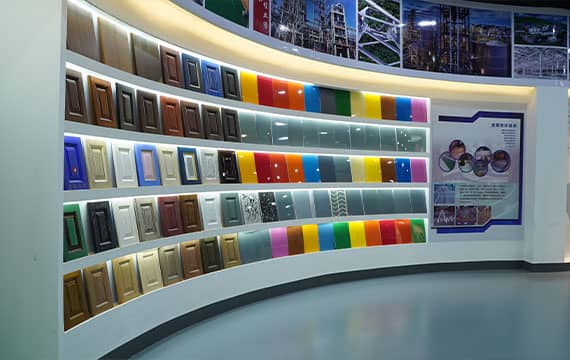
JINYU PAINT® Fluorocarbon Paint
Fluorocarbon paint, also known as fluoropolymer coating or fluororesin paint, is primarily composed of high-molecular compounds containing fluorine and carbon. The core component, fluororesin, determines its exceptional performance. Common fluororesins include polyvinylidene fluoride (PVDF) and polytetrafluoroethylene (PTFE).
In addition, fluorocarbon coatings contain pigments to provide color and gloss, fillers to enhance mechanical strength and durability, and solvents to adjust viscosity for easier application. Additives such as leveling agents, anti-settling agents, and defoamers improve application performance and film quality.
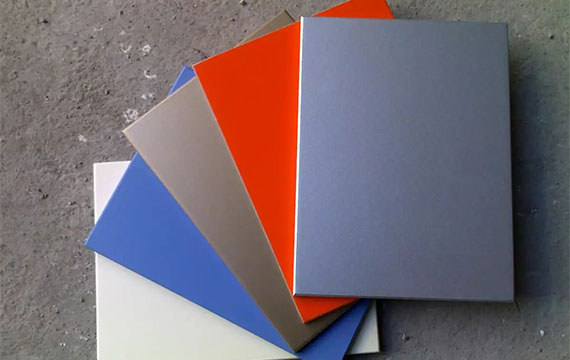
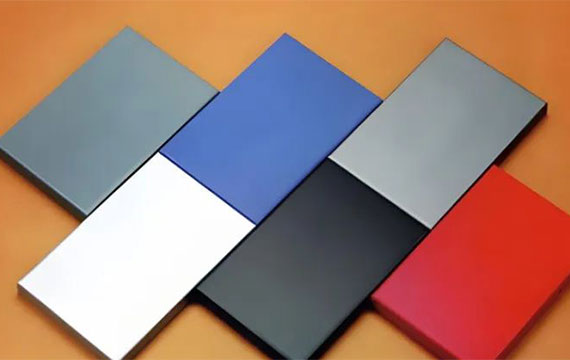
Advantages of Fluorocarbon Paint
Showing all 3 results
Advantages of Fluorocarbon Paint
Fluorocarbon paint (also called fluoropolymer coating or fluororesin paint) is widely favored due to its exceptional performance in various applications. Below are its key advantages:
1. Superior Weather Resistance
Fluorocarbon coatings exhibit excellent UV resistance and can maintain color and gloss under extreme weather conditions. The strong fluorine-carbon (F-C) bond provides high stability and chemical resistance, protecting against sunlight, rain, acid rain, and other environmental factors. As a result, high-performance fluorocarbon paint retains its vibrancy and shine for years without fading.
2. Exceptional Corrosion Resistance
Fluorocarbon paint offers outstanding anti-corrosion properties, making it ideal for salt spray environments, industrial chemical exposure, and urban pollution. It resists strong acids, alkalis, and oxidizers, ensuring long-term protection for substrates. Multi-layer coating systems enhance durability, extending the lifespan of structures.
3. Excellent Abrasion Resistance
With high wear resistance, fluorocarbon coatings withstand daily friction and mechanical abrasion. Their tough, hard surface protects substrates from scratches, making them suitable for industrial flooring, machinery, and high-traffic areas.
4. Strong Anti-Pollution Performance
Fluorocarbon paint has self-cleaning properties due to its smooth, hydrophobic surface, preventing dust, dirt, and oils from adhering. This makes it ideal for hospitals, laboratories, and food processing plants where hygiene is critical.
5. Outstanding Decorative Qualities
As a topcoat, fluorocarbon paint offers customizable colors, metallic finishes, and high gloss (exceeding 80% at 60° gloss meter), enhancing aesthetic appeal for architectural and industrial projects.
6. Good Application Performance
Though requiring skilled application, two-component fluorocarbon coatings have a long shelf life and are easy to apply, ensuring smooth, professional results.
Wide Applications of Fluorocarbon Paint
1. High-Rise Building Exteriors
Fluorocarbon exterior wall paint is an ideal choice for skyscrapers due to its weather resistance and anti-pollution properties, ensuring long-lasting aesthetics.
2. Marine Engineering
For offshore oil rigs, ships, and other structures exposed to salt spray corrosion, marine-grade fluorocarbon coatings provide superior protection, extending service life.
3. Chemical Plants & Storage Tanks
In environments with corrosive chemicals, chemical-resistant fluorocarbon paint prevents degradation, making it essential for industrial facilities.
4. Bridges & Large Steel Structures
With strong adhesion and wear resistance, fluorocarbon coatings for steel structures are the preferred solution for bridges and heavy-duty infrastructure.
5. Automotive & Machinery
Fluorocarbon paint for automotive parts offers both protective and decorative finishes, enhancing durability and appearance.
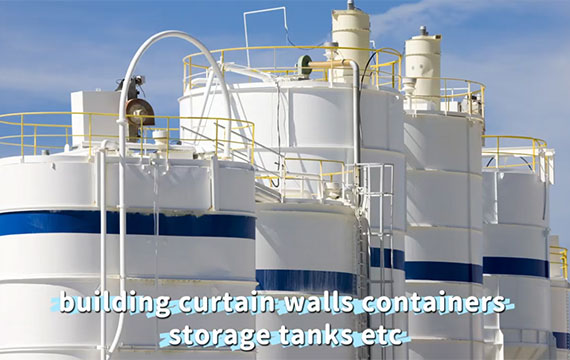
How to apply to Fluorocarbon Paint?
Proper application of fluorocarbon paint ensures long-lasting protection and aesthetic appeal. Here’s a step-by-step overview of the process, from surface preparation to final coating, along with key environmental and safety considerations.
Surface Preparation
For metal substrates like steel or aluminum, begin with degreasing using solvents or alkaline cleaners, followed by thorough rinsing. Abrasive blasting creates a rough surface to improve adhesion for the primer. Concrete surfaces must be dry, clean, and crack-free.
Coating Application
- Primer: Mix the fluorocarbon primer with hardener at the specified ratio, stir well, and let it sit (induction time). Apply via spray (airless or conventional) to achieve ~80μm dry film thickness (DFT).
- Mid-Coat: After 24 hours, apply 1-2 layers of intermediate coat (80–100μm DFT). Avoid exceeding 150μm to prevent sagging.
- Topcoat: After another 24 hours, apply fluorocarbon topcoat (1-2 layers, ~60μm DFT). For metallic finishes, add a fluorocarbon clear coat (20–40μm) to prevent oxidation.
Environmental Conditions
- Temperature: Minimum 5°C (41°F) to ensure proper curing.
- Humidity: Keep below 75% to avoid blushing or bubbling.
- Weather: Avoid rain, strong winds, or direct sunlight during application. Protect freshly coated surfaces for 24 hours.
Safety & Best Practices
- Pot Life: Mixed paint must be used within 4–6 hours.
- Spray Technique: Maintain consistent pressure and distance to prevent dry spray (poor hiding) or runs.
- PPE: Wear masks, gloves, and goggles. Ensure adequate ventilation to minimize fume exposure.
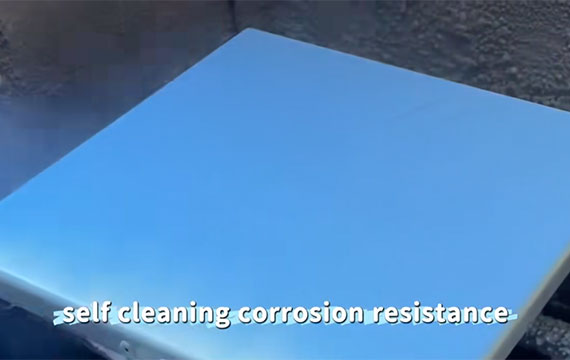
Fluorocarbon Coating vs. Powder Coating
When selecting between fluorocarbon and powder coatings for aluminum panels, key considerations include appearance, durability and cost: fluorocarbon coating offers superior 20+ year UV resistance and chemical stability with a smooth ceramic-like finish in limited colors at a 30% premium, while powder coating provides more affordable, thicker textured finishes in diverse colors with 10-15 year outdoor durability – making fluorocarbon ideal for high-end architectural projects where longevity is critical, and powder coating better suited for cost-sensitive residential applications where design flexibility and budget take priority.
Fluorocarbon Coating vs Ptfe Coating
When comparing fluorocarbon coating and PTFE (polytetrafluoroethylene) coating, key differences emerge in performance and application: fluorocarbon coating excels in outdoor durability with superior weatherability (15+ years of UV, acid rain and salt spray resistance) and versatile application methods (spraying, brushing or rolling), making it ideal for architectural, marine and industrial projects; while PTFE coating offers unmatched non-stick properties and extreme temperature resistance (-195°C to 250°C), particularly suited for cookware, medical devices and aerospace components where high-temperature stability is critical. Though both demonstrate exceptional chemical resistance, fluorocarbon’s balance of weatherproofing and relatively easier application gives it an edge for large-scale construction projects, whereas PTFE remains the material of choice for specialized high-heat and non-stick applications where its unique properties justify the higher processing requirements and cost.
Fluorocarbon Paint Frequently Asked Questions
What exactly is fluorocarbon paint and why is it special?
Fluorocarbon paint, also known as fluoropolymer coating, is a premium protective finish containing fluorine-carbon bonds that provide exceptional durability. What makes it special is its unmatched resistance to UV rays, extreme weather conditions, and chemical corrosion, making it ideal for long-term exterior protection of buildings and industrial structures.
How does fluorocarbon paint compare to regular paint for metal surfaces?
Unlike regular paints that may fade or deteriorate within a few years, fluorocarbon paint maintains its appearance and protective qualities for 15-25 years. The key difference lies in its fluoropolymer resin composition which creates a much stronger molecular bond that resists environmental damage far better than conventional paint formulations.
Is fluorocarbon paint worth the higher cost compared to other options?
While fluorocarbon paint costs about 30-50% more initially than standard coatings, its extended lifespan of 20+ years without needing repainting actually makes it more cost-effective long-term. The savings come from drastically reduced maintenance and recoating expenses over time, especially for large commercial or industrial projects.
What are the main applications where fluorocarbon paint performs best?
Fluorocarbon paint excels in demanding exterior applications including high-rise building facades, bridges, offshore platforms, and industrial facilities. Its superior weather resistance makes it particularly valuable for coastal areas with salt spray exposure or regions with extreme temperature variations and intense sunlight.
How should fluorocarbon paint be applied for optimal results?
Professional application is crucial – surfaces must be thoroughly cleaned and pretreated, followed by primer application. The fluorocarbon paint should be sprayed in controlled environmental conditions (5-35°C, humidity below 75%) using specialized equipment, typically requiring 2-3 coats with proper curing time between applications for maximum adhesion and performance.
Can fluorocarbon paint be used for residential projects?
While commonly used for commercial and industrial projects, fluorocarbon paint can certainly be used residentially, particularly for premium homes in harsh climates or coastal locations. However, the higher cost may only be justified for luxury homes where long-term exterior appearance is a top priority.
What maintenance does fluorocarbon paint require after application?
One of fluorocarbon paint’s major advantages is its low maintenance requirements. The surface typically only needs occasional cleaning with mild detergent and water to maintain appearance. Unlike conventional paints, it won’t require frequent repainting – just inspection for any physical damage that might need spot treatment over its decades-long service life.
Are there different quality grades of fluorocarbon paint?
Yes, quality varies significantly between manufacturers. Premium grades meeting AAMA 2605 specifications offer the highest performance, while some lower-cost versions may compromise on resin content or film thickness. For critical applications, it’s worth investing in certified products from reputable manufacturers.
How Featured JINYU Paints Are Made?
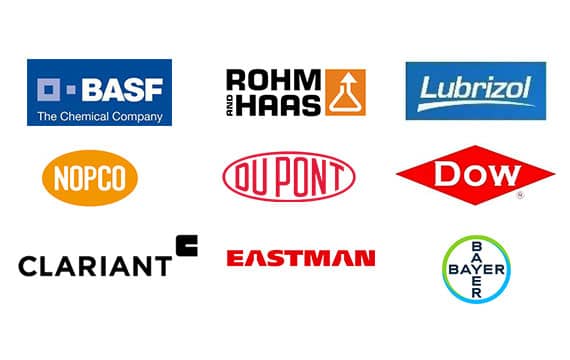
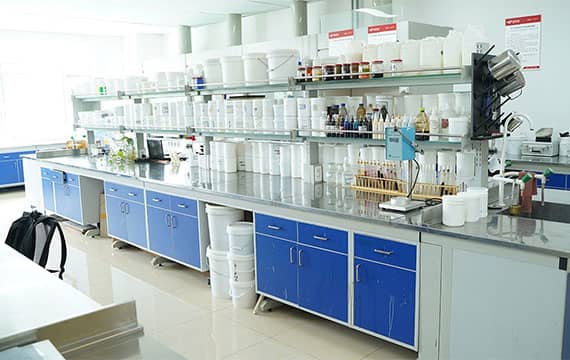
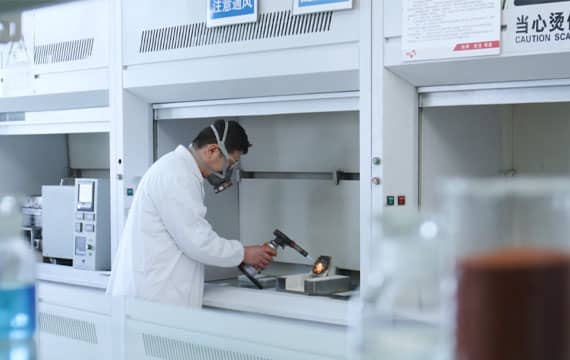
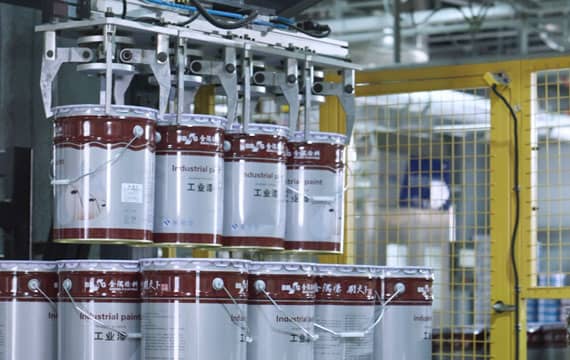
JINYU® boasts a wide range of color options and customization possibilities. Color experts work closely with customers to create unique shades and finishes to suit their specific projects.


The Applications of Featured JINYU PAINT®
JINYU PAINT® provides a comprehensive range of high-performance coatings, including epoxy floor coatings, industrial coatings, fireproof coatings, and architectural coatings for interior and exterior walls. Our solutions are designed for durability, aesthetics, and protection across various applications, from residential and commercial buildings to industrial facilities and fire safety projects. Whether you need seamless flooring, corrosion resistance, fire protection, or decorative wall finishes, JINYU PAINT® offers expert coatings to enhance and protect every surface.










LATEST FAQS at JINYU PAINT®
FAQ
- What is the ideal polyurethane floor solution for an automotive service bay
- How does polyurethane flooring perform in chemical plants?
- What flooring is recommended for high-temperature kitchens and bakeries?
- How to Choose PU Flooring for Pharmaceutical Manufacturing: A 5-Step Expert Guide
- What PU floor thickness is ideal for cold storage and freezers?
Contact Us
Contact: Ms. Sabella Wei
Phone: 86-022-83859963
Whatsapp: 15822925523


